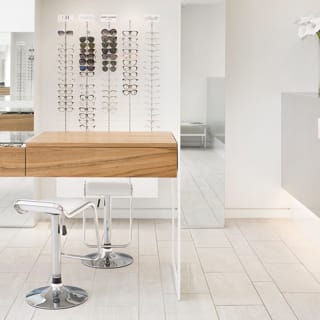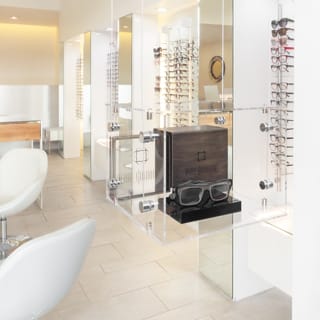If you are dealing with presbyopia—an age-related change in the eye that can make it difficult to view near objects—you are not alone. Many people find that their eyes change over the years, and conditions like presbyopia are inevitable. Fortunately, your optometrist can help by prescribing multifocal contact lenses. But what are multifocal contact lenses?
Multifocal contacts have several prescriptions built into a single lens, allowing you to view various distances simultaneously, just like you were able to before presbyopia started. There is a prescription for near, intermediate, and distance vision, each with its own viewing zone. They are an excellent way to deal with presbyopia by providing clear vision all around when you need it the most.
What Are Multifocal Contact Lenses For?
When you have a condition like presbyopia, where your eye slowly loses the ability to control and focus its natural lens, you will start to have difficulty seeing things up close. Reading, writing, and even driving in some instances can become much more frustrating.
Meanwhile, traditional eyeglasses and contacts that focus light to view a single distance may not be able to help. This is when multifocal contact lenses are ideal. Instead of a single prescription built into the lens, there are several. Each prescription is designed to give clear vision at a different distance. One lets you see in the distance, while others allow you to see intermediate and near distances.
These lenses cater to various activities, from reading a menu in a dimly lit restaurant to seeing the billboard ahead of you when driving on the freeway. They blend in smoothly with your busy life, allowing you to focus on your task at hand rather than needing to use different eyewear for various distances.
How Do Multifocal Contact Lenses Work?
Traditional eyeglasses and contact lenses typically only have a single prescription for one distance. With presbyopia, though, it is a little more challenging because one prescription cannot accommodate your visual needs at various different distances.
Instead, several prescriptions are built into one lens. Each has its own zone within the lens, and without thinking, your brain naturally processes only the pertinent information it needs within each zone, respectively, when viewing any particular distance, thereby allowing you to seamlessly “switch” between these prescriptions that are needed to view various distances.
Are There Different Types of Multifocal Contact Lenses?
There are primarily three types of multifocals: concentric, aspheric, and segmented lenses. Each is designed slightly differently but aims to give clear vision at different distances.
Concentric Lenses
Imagine the target pattern of a bull’s eye. You have a big circle in the center, and then gradually expanding rings, working their way outward from there. This is a concentric pattern used in the design of concentric lenses. Some of these rings are designed for clear near vision, such as reading and writing, while the outer rings are ideal for distance vision.
Aspheric Lenses
These lenses are more subtle, incorporating a similar concept but involve a completely smooth transition from the center to the peripheral edge. These lenses let you seamlessly switch from near to distance vision, creating a completely natural visual experience. They can be particularly ideal for improving peripheral vision.
Segmented Lenses
Instead of a ring-based or seamless design, segmented lenses take a simpler approach. The viewing zones are clearly divided, giving you set areas through which to look for distance or reading. Usually, the lower part of the lens is for near vision, while the upper portion is for distance vision.
Tips for Adjusting to Your Multifocal Contact Lenses
Think about every time you have switched to a new pair of glasses or contacts. It probably took some time to adjust. You will likely experience something similar with multifocal contacts, but there is an extra factor at play. Your brain needs to learn how to use these new viewing zones properly.
To adjust to your new multifocal contacts, it can help to:
- Be Patient: It will take time for your brain to make sense of the new visual inputs and learn how to use the viewing zones naturally.
- Be Consistent: Switching between multifocal and traditional contact lenses will make the adjustment period significantly longer.
- Use the Right Prescription: Speak with your optometrist if you think there is something wrong.
Make sure that you properly clean and store your contact lenses, never using expired materials, solutions, or dirty cases. Because your lenses will come in direct contact with your eye, cleanliness is key. A dirty lens may cause significant harm if you are not careful.
Get Help for Your Vision Today
Multifocal contact lenses can be a very convenient solution for presbyopia. If you are experiencing anything unusual with your vision, come talk to our team at Eye Love Optometry. We are here to help, so book an appointment with us today!
















